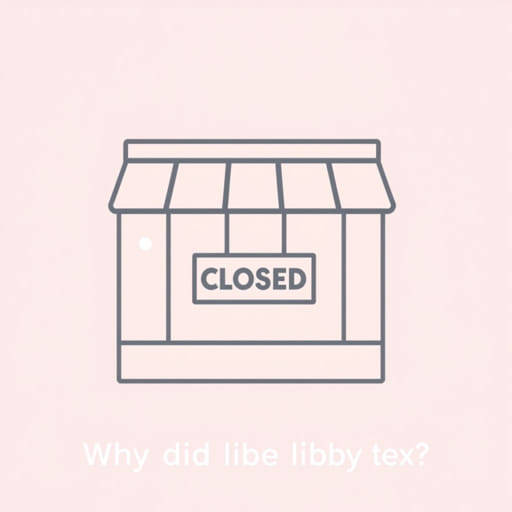Why Did Libby Lu Close
Club Libby Lu was a beloved mall-based princess party chain that opened its doors in 2000, offering girls aged 412 a makeover experience complete with hair, nails, makeup, a mini runway show, and a potionmaking station. The stores, with their pink-and-purple décor and glitter-filled activities, offered an immersive experience that became a hallmark of early 2000s culture. At its peak, Club Libby Lu operated nearly 98 locations across 28 states. But by early 2009, it had vanished, leaving behind memories of feather boas, Hannah Montana soundtracks, and birthday celebrations. This topic explores why this once-thriving chain closed and what broader lessons its rise and fall offer.
Origins and Growth
Founding and Concept
The idea behind Club Libby Lu was simple yet effective: create an escapist boutique experience tailored for young girls. Founded by former Claire’s executive Mary Drolet in August 2000, the brand combined retail with glam services makeovers, crafts, and performances for a price ranging from \$25 to \$60 per experience.
Rapid Expansion After Saks Acquisition
In 2003, Saks, Inc. purchased the chain for approximately \$12 million when it had 11 locations. \$.
Challenges Leading to Closure
Profitability Issues Despite Strong Revenue
Although revenues were high, profitability remained elusive. Running an experiential retail model complete with trained staff, abundant consumables like glitter and lotion, and elaborate store setups incurred heavy overhead.
Shifting Consumer Trends and Criticism
As the mid-to-late 2000s progressed, consumer tastes began to change. Some parents criticized the brand for encouraging materialistic values and prematurely mature themes (some parents found it shallow and materialistic).
Economic Downturn: The 2008 Recession
The 2008 financial crisis dealt the final blow. Shoppers cut discretionary spending, and malls faced declining foot traffic. Saks officially announced the closure of all 98 Club Libby Lu locations in November 2008, citing poor economic conditions and unprofitability. \$.
Closure and Aftermath
Timeline and Impact on Staff
Saks projected that all stores would close by May 2009, affecting approximately 1,700 employees. \$15 to \$27 million.
Nostalgia and Online Fan Response
After closure, Club Libby Lu maintained a dedicated following. Reddit threads from 2022 and 2024 reveal shared fond memories and nostalgia for the experience.
Key Factors Behind the Closure
- High operational costs: Staff, consumables, and store upkeep made profitability difficult.
- Changing consumer behavior: Parents questioned the value and message of the experience.
- Economic recession: The 2008-2009 downturn slashed discretionary spending.
- Corporate refocus: Saks aimed to streamline its business and concentrate on core luxury offerings.
Lessons Learned and the Broader Significance
Experiential Retail’s Double-Edged Sword
Club Libby Lu highlighted both the promise and pitfalls of experiential retail. Engagement and personalization can drive strong customer interest but only if costs are scalable and adaptable to evolving tastes.
Timing and Market Fit Matter
Its peak aligned with early 2000s consumer enthusiasm. Yet, by the late 2000s, emerging digital entertainment and shifting attitudes toward children’s marketing made the brand feel outdated.
Economic Resilience as a Business Requirement
Luxury-style concepts targeting children may earn significant revenue, but lack of resilience during financial downturns can rapidly undercut the business model.
Club Libby Lu became a cultural touchpoint for early-2000s youth, offering whimsical glam experiences that many remember fondly. Its closure stemmed from a combination of unprofitability, shifting social and marketing norms, and the blow of the 2008 recession, compounded by a corporate strategy to refocus. Though it now exists only in nostalgic memories, the chain offers valuable insights into the lifecycle of experiential retail and the importance of balancing novelty with sustainable business practices.
:
